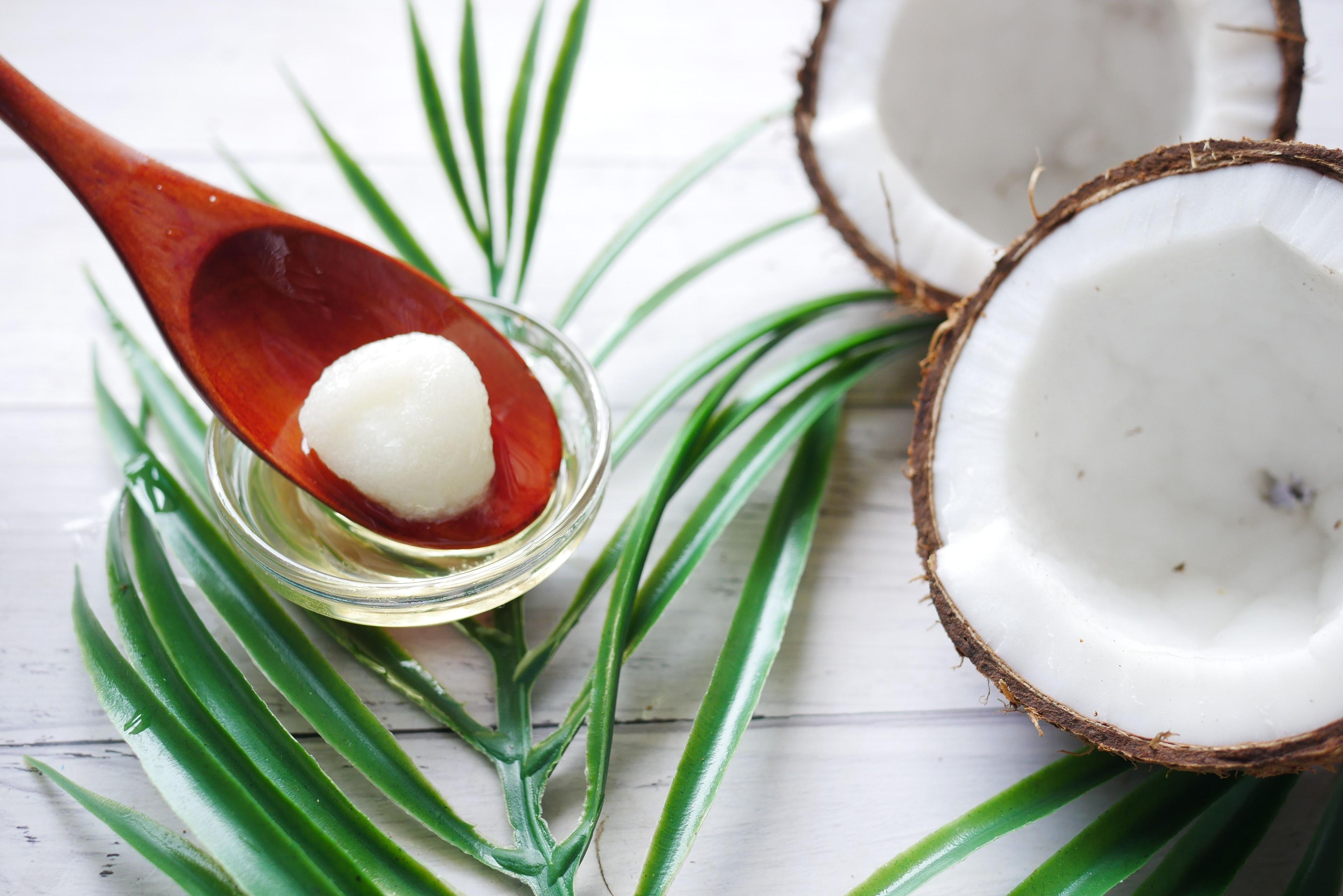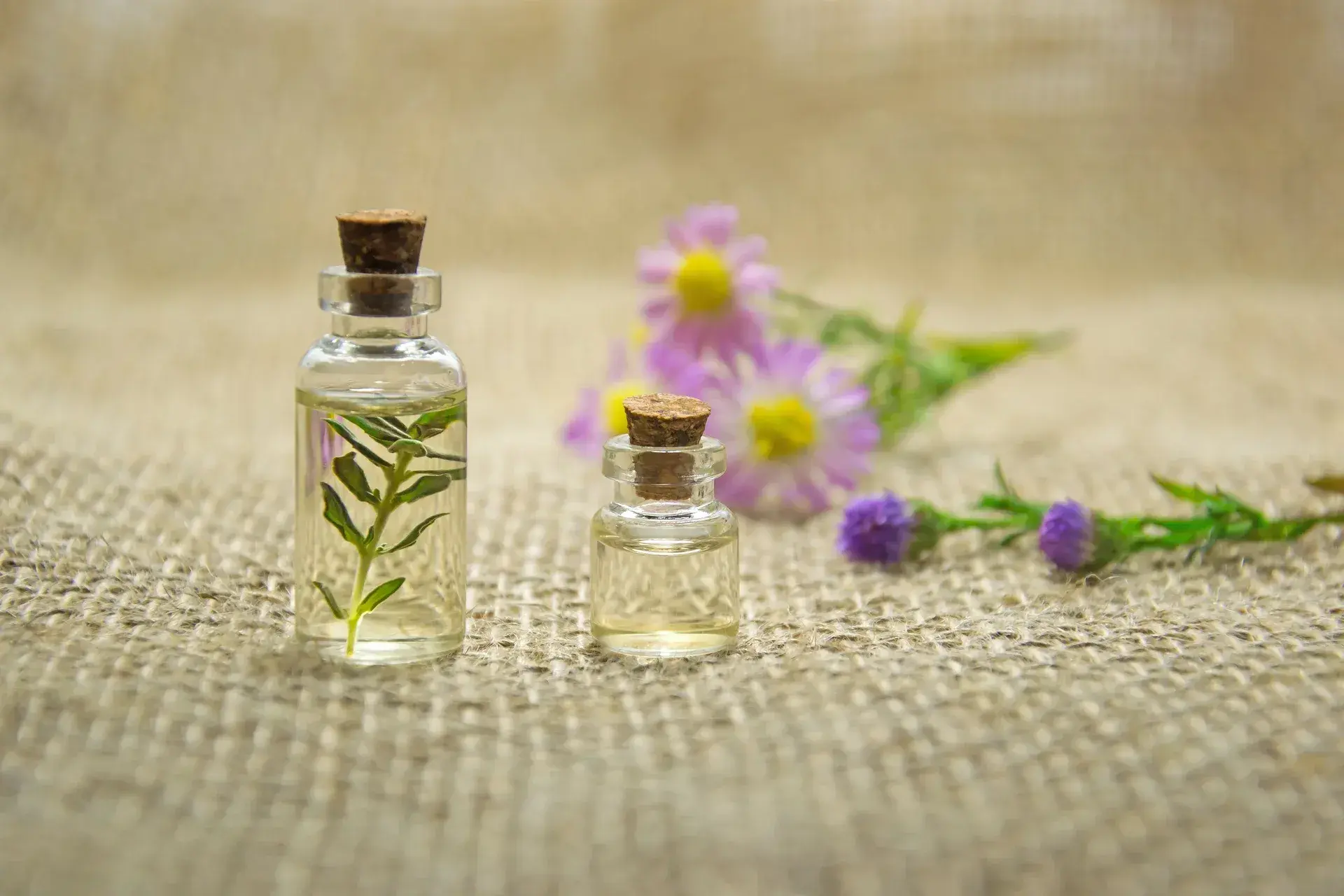Understanding the Difference Between Hair Color and Oxidizer
Hair color and oxidizer are two essential components of the hair coloring process, each playing a distinct role in achieving desired color results. While both are crucial for coloring hair effectively, it's essential to understand the differences between them to ensure successful outcomes and minimize the risk of damage to the hair. In this article, we explore the key differences between hair color and oxidizer, including their functions, formulations, and application methods.
Hair Color: Adding Pigment to Hair
Hair color, also known as hair dye or hair tint, is the product that adds pigment to the hair, resulting in a change in color. Hair color formulations typically contain dye molecules that penetrate the hair shaft and bond with the hair's natural pigment to create the desired color. Hair color comes in a variety of shades and formulations, including permanent, semi-permanent, and demi-permanent options, each offering different levels of color intensity and longevity.
Oxidizer: Activating the Color Process
Oxidizer, also known as developer or peroxide, is a chemical solution that activates the color process and helps the hair color penetrate the hair shaft effectively. Oxidizer works by opening the hair cuticle, the outer layer of the hair shaft, to allow the color molecules to penetrate deeply into the hair. Additionally, oxidizer helps to initiate the chemical reaction between the dye molecules and the hair's natural pigment, resulting in a permanent color change. Oxidizers are available in different volumes, which determine their potency and effectiveness in lightening the hair and depositing color.
Differences in Formulation
The primary difference between hair color and oxidizer lies in their formulations and functions. Hair color formulations contain dye molecules and other ingredients that contribute to the color-changing process, while oxidizers contain hydrogen peroxide or other oxidizing agents that activate the color process and facilitate color penetration. While hair color comes in a variety of shades and formulations, oxidizers are typically available in different volumes, which determine their strength and effectiveness in lightening the hair and depositing color.
Application Methods
Hair color and oxidizer are typically mixed together in specific ratios before being applied to the hair. The ratio of hair color to oxidizer varies depending on the desired color result, the hair's natural color and texture, and the type of hair coloring technique being used. Once mixed, the hair color and oxidizer mixture is applied to the hair using a brush or applicator, ensuring even coverage from root to tip. After application, the hair is allowed to process for a specified period before being rinsed and styled as desired.
Hair color and oxidizer are essential components of the hair coloring process, each serving a specific function in achieving desired color results. While hair color adds pigment to the hair, oxidizer activates the color process and helps the color penetrate the hair shaft effectively. Understanding the differences between hair color and oxidizer, including their formulations, functions, and application methods, is crucial for achieving successful hair color results while minimizing the risk of damage to the hair. Whether you're lightening your hair, covering gray strands, or experimenting with vibrant hues, knowing how to use hair color and oxidizer effectively will ensure that you achieve beautiful and long-lasting color transformations with confidence.









